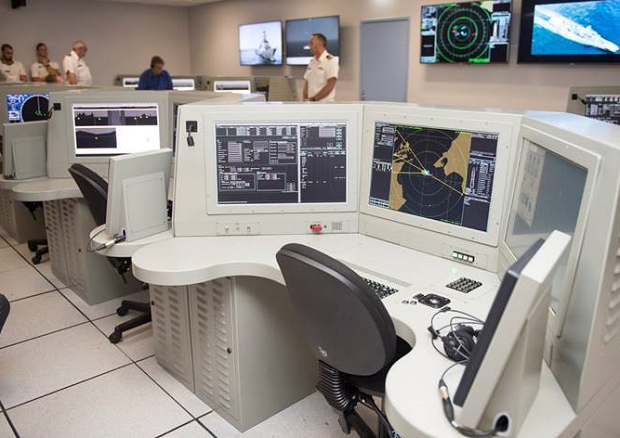Lockheed Martin Canada yesterday announced another milestone in its involvement with the Royal New Zealand Navy’s Anzac-class frigate modernization program.
The Canadian arm of the American defence conglomerate said its delivery just a few weeks ago of its CMS 330 combat management system to RNZN is the company’s first major delivery under the Anzac Frigate System Upgrade Project and the first international delivery of Lockheed Martin Canada’s CMS 330.
The combat system trainer was delivered ahead of schedule to the Maritime Warfare Training Centre at the Royal New Zealand Navy base in Devonport on February 16, 2017.
In April 2014, Lockheed Martin Canada was selected as the prime systems integrator to upgrade the combat systems of the RNZN Anzac-class frigates.
“It is wonderful to receive the trainer early which will allow our sailors to be properly prepared when the upgraded ships arrive,” said RNZN Rear Adm. John Martin. “Lockheed Martin Canada’s combat system trainer is a world class trainer that will revolutionize the way we train our crews.”
“The Anzac combat system trainer provides a generational shift in training capability with a realistic synthetic environment capable of generating high fidelity simulations of real-world conditions,” said Rosemary Chapdelaine, vice president and general manager Lockheed Martin Canada Rotary and Mission Systems.
The CMS 330 was developed in Canada over a period of 30 years. It is an advanced version of a technology developed in Canada during the 1980s for the original build of the Royal Canadian Navy’s Halifax-class frigates.
CMS 330 is currently used the RCN’s 12 modernized Halifax-class frigates.
Lockheed Martin Canada’s combat system and integration methodology were repurposed for command and surveillance purposes on Canada’s new fleet of Arctic Offshore Ships (AOPS), which will become an important tool in defending Canadian Arctic sovereignty when they enter service in the coming years.
The CMS 330 has been described as “the brain” of a naval ship because it integrates signals from radar and other combat systems, while displaying critical information on screens and consoles, according to Lockheed.
The system comes with a full suite of training systems and logistical support tailored to meet customer needs. Its open architecture design allows it to easily adapt to a variety of subsystems.
Thanks to the track record of success of CMS 330, Lockheed Martin Canada was the only Canadian firm to pre-qualify as a combat systems integrator for the Canadian Surface Combatant (CSC) program, according to the company.

